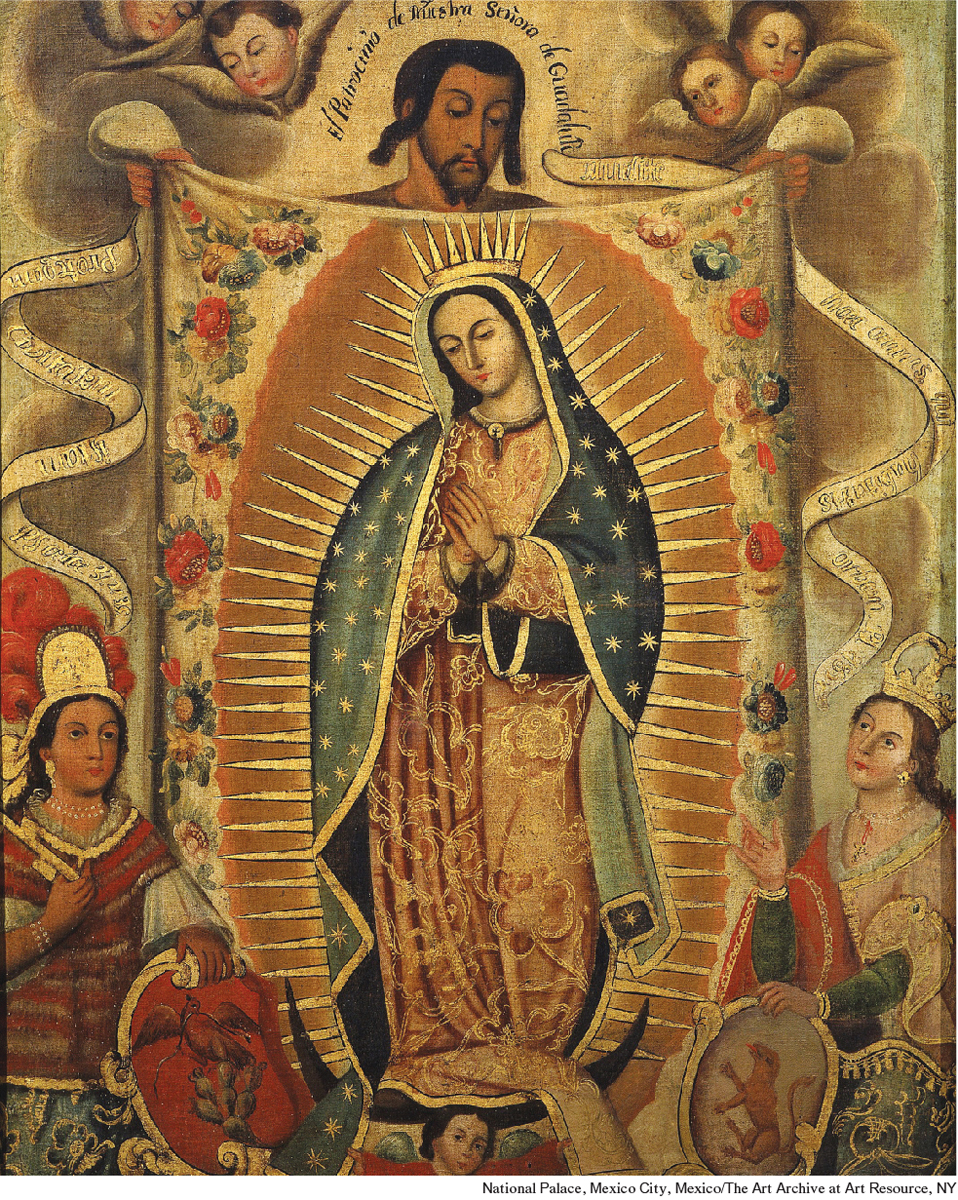Introduction to Chapter 15
CHAPTER 15
Cultural Transformations
Religion and Science
1450–1750

Nigerian pastor Daniel Ajayi-
T he early modern era of world history gave birth to two intersecting cultural trends that continue to play out in the twenty-
And so, alongside new empires and new patterns of commerce, the early modern centuries also witnessed novel cultural transformations that likewise connected distant peoples. Riding the currents of European empire building and commercial expansion, Christianity was established solidly in the Americas and the Philippines; far more modestly in Siberia, China, Japan, and India; and hardly at all within the vast and still-growing domains of Islam. A cultural tradition largely limited to Europe in 1500 now became a genuine world religion, spawning a multitude of cultural encounters. While this ancient faith was spreading, a new understanding of the universe and a new approach to knowledge were taking shape among European thinkers of the Scientific Revolution, giving rise to another kind of cultural encounter — that between science and religion. Science was a new and competing worldview, and for some it became almost a new religion. In time, it grew into a defining feature of global modernity, achieving a worldwide acceptance that exceeded that of Christianity or any other religious tradition.
Although Europeans were central players in the globalization of Christianity and the emergence of modern science, they did not act alone in the cultural transformations of the early modern era. Asian, African, and Native American peoples largely determined how Christianity would be accepted, rejected, or transformed as it entered new cultural environments. Science emerged within an international and not simply a European context, and it met varying receptions in different parts of the world. Islam continued a long pattern of religious expansion and renewal, even as Christianity began to compete with it as a world religion. Buddhism maintained its hold in much of East Asia, as did Hinduism in South Asia and numerous smaller-scale religious traditions in Africa. And Europeans themselves were certainly affected by the many “new worlds” that they now encountered. The cultural interactions of the early modern era, in short, did not take place on a one-way street.
| A MAP OF TIME | |
|---|---|
| 1453 | Ottoman conquest of Constantinople |
| 1469–1539 | Life of Guru Nanak; beginning of Sikh tradition |
| 1472–1529 | Life of Wang Yangming in China |
| 1498–1547 | Life of Mirabai, bhakti poet of India |
| 1517 | Luther’s Ninety-Five Theses; beginning of Protestant Reformation |
| 1543 | Publication of Copernicus’s masterwork about a sun-centered universe |
| 1545–1563 | Council of Trent |
| 1560s | Taki Onqoy movement in Peru |
| 1582–1610 | Matteo Ricci in China |
| 1598 | Edict of Nantes proclaiming religious toleration in France |
| Early 17th century | European missionaries expelled from Japan |
| 1618–1648 | Thirty Years’ War in Europe |
| 1642–1727 | Life of Isaac Newton; culmination of European Scientific Revolution |
| 18th century | Enlightenment |
| Early 18th century | Missionaries lost favor in the Chinese court |
| 1740–1818 | Wahhabi movement of Islamic reform in Arabia |
SEEKING THE MAIN POINT
To what extent did the cultural changes of the early modern world derive from cross-cultural interaction? And to what extent did they grow from within particular societies or civilizations?